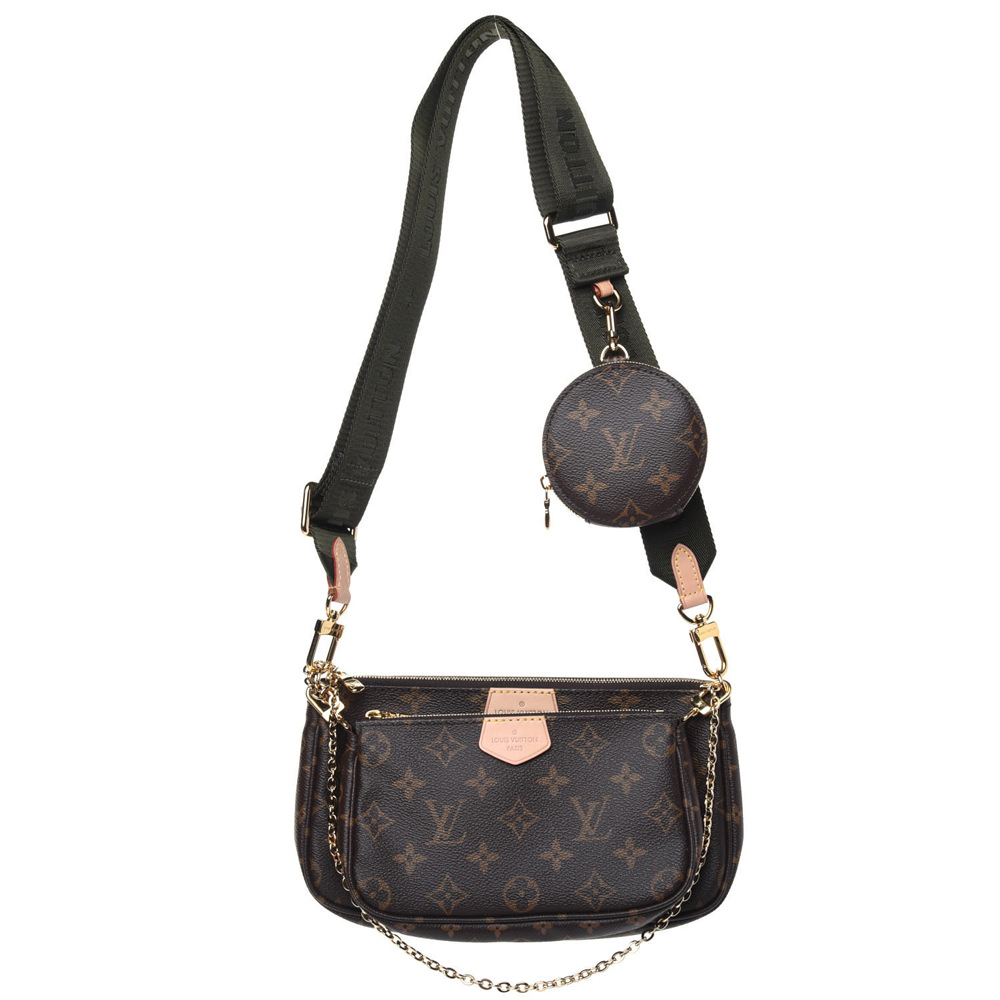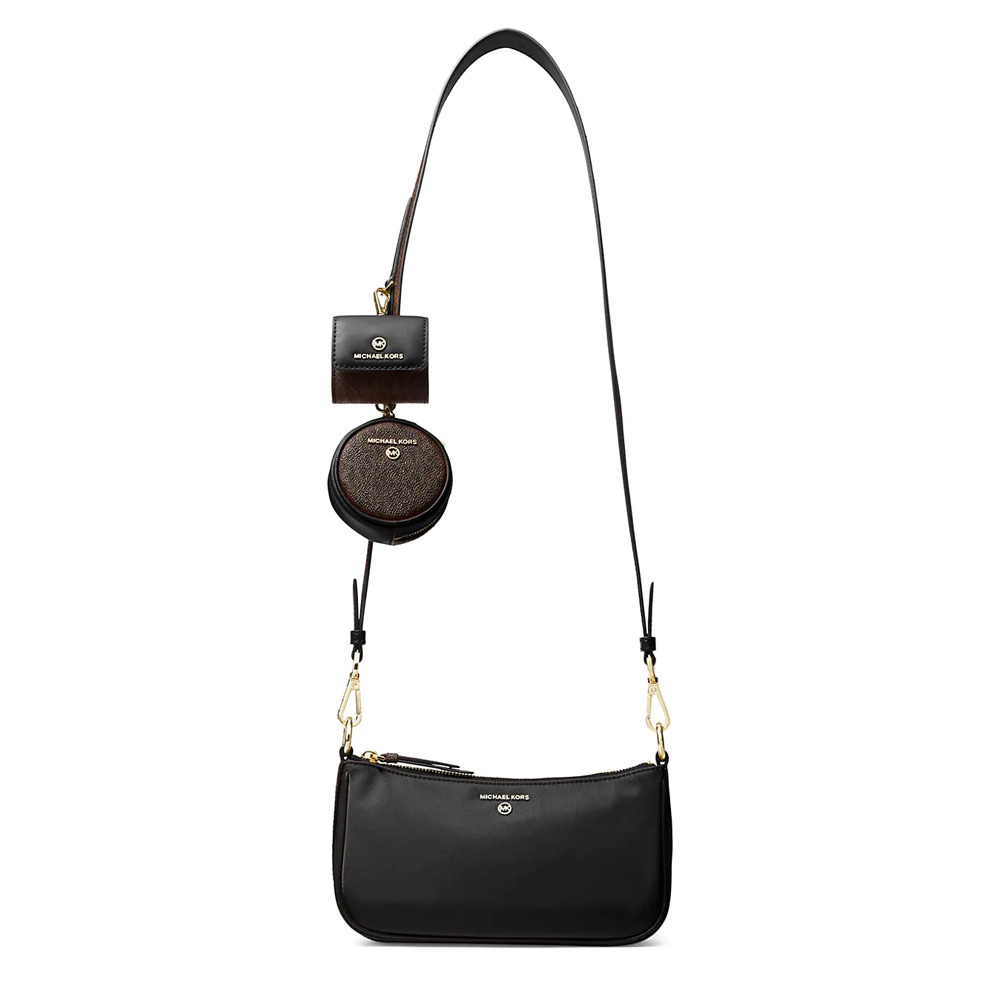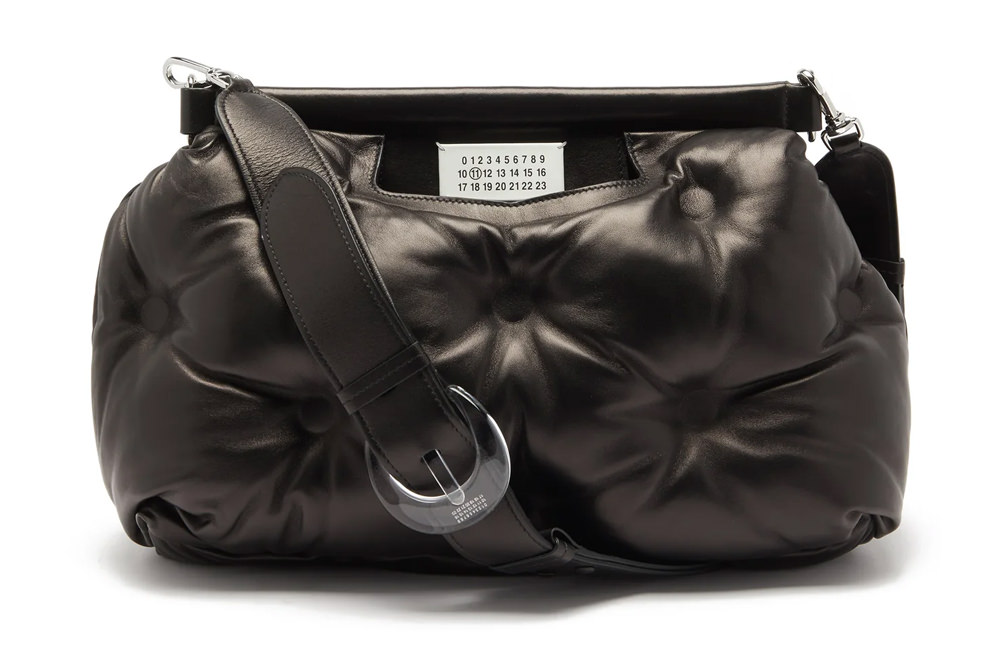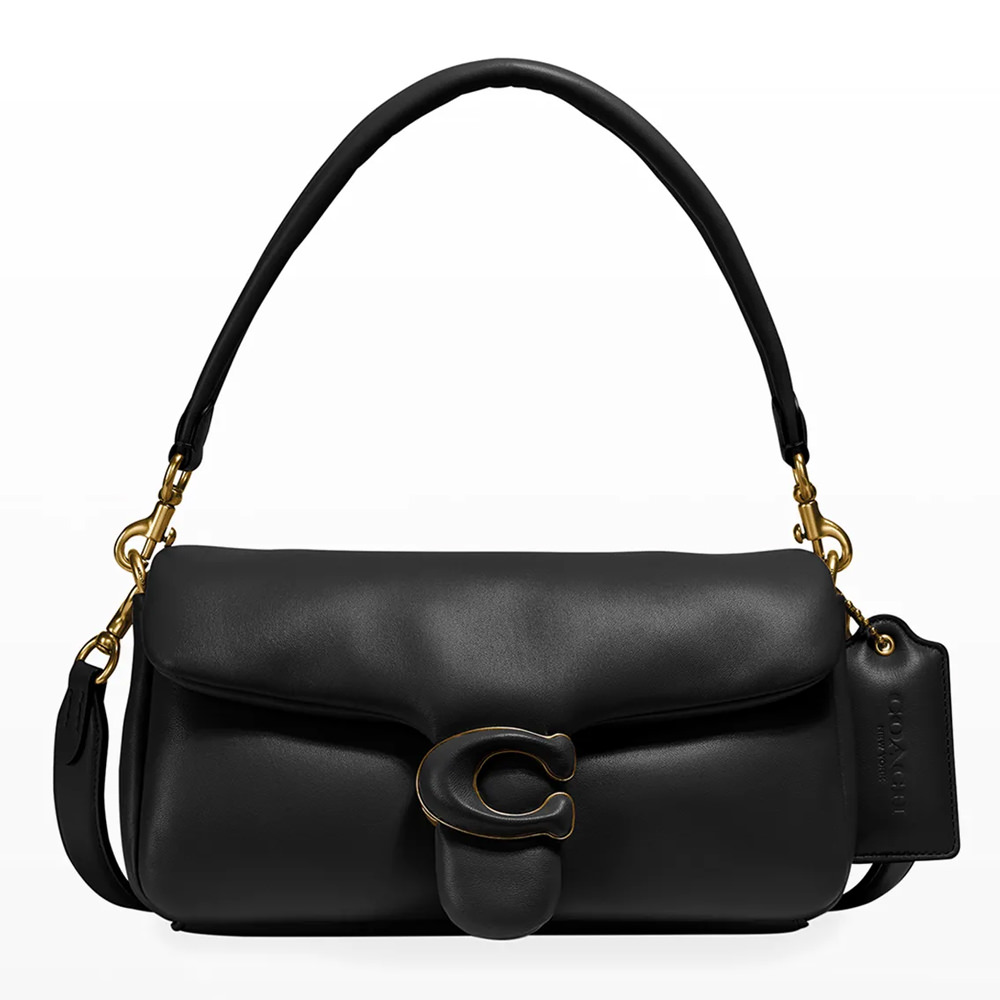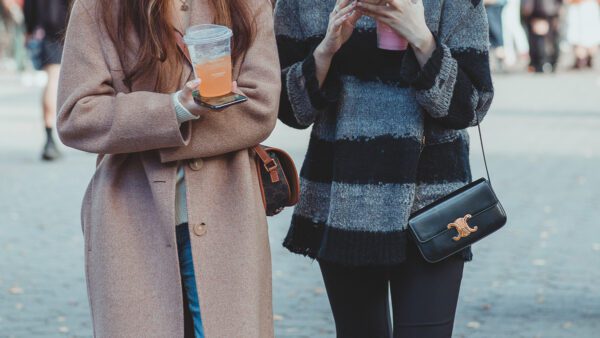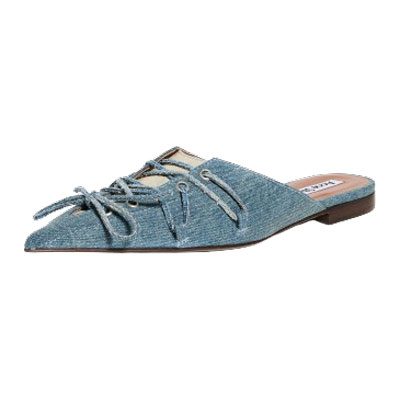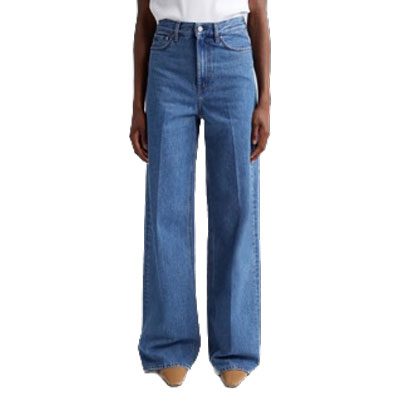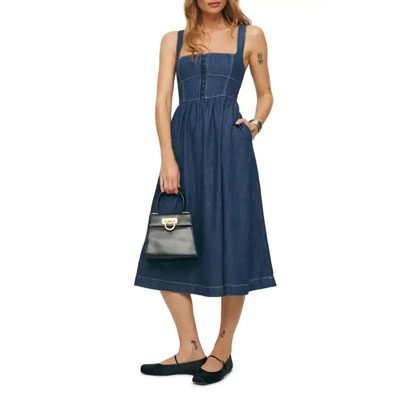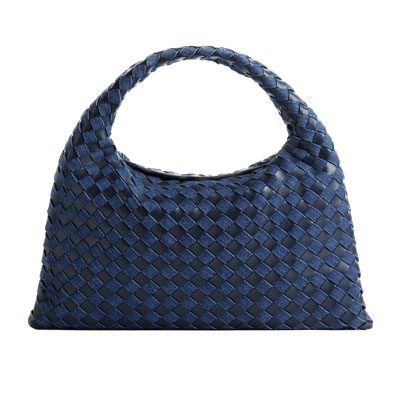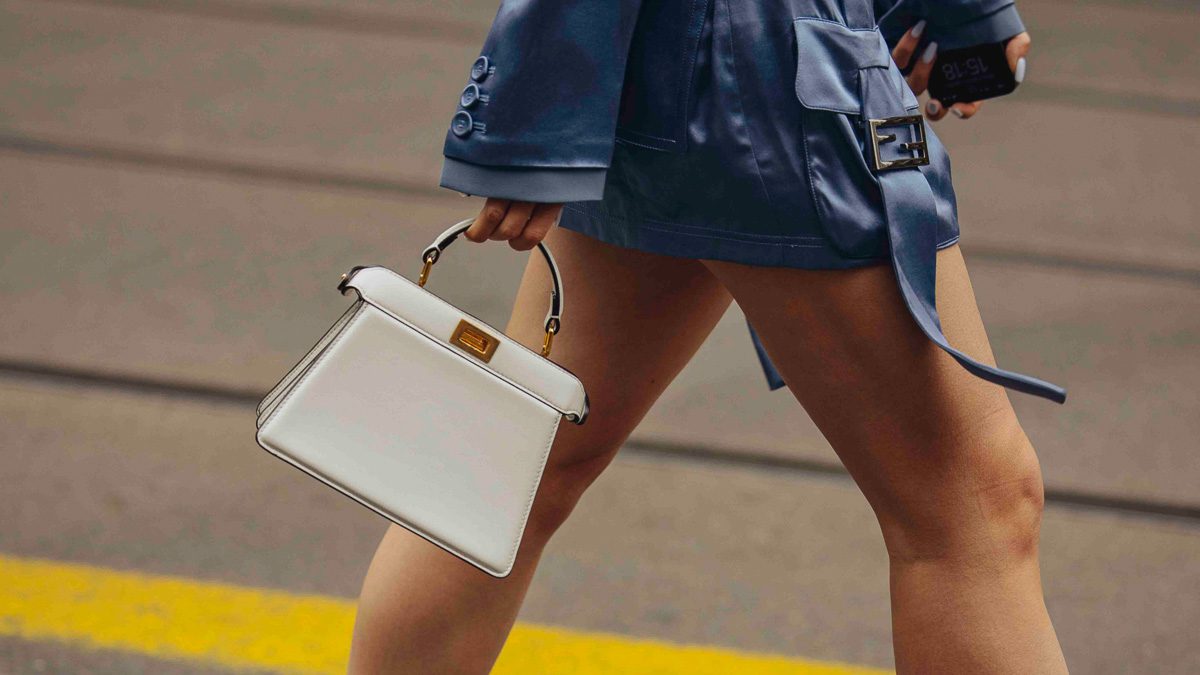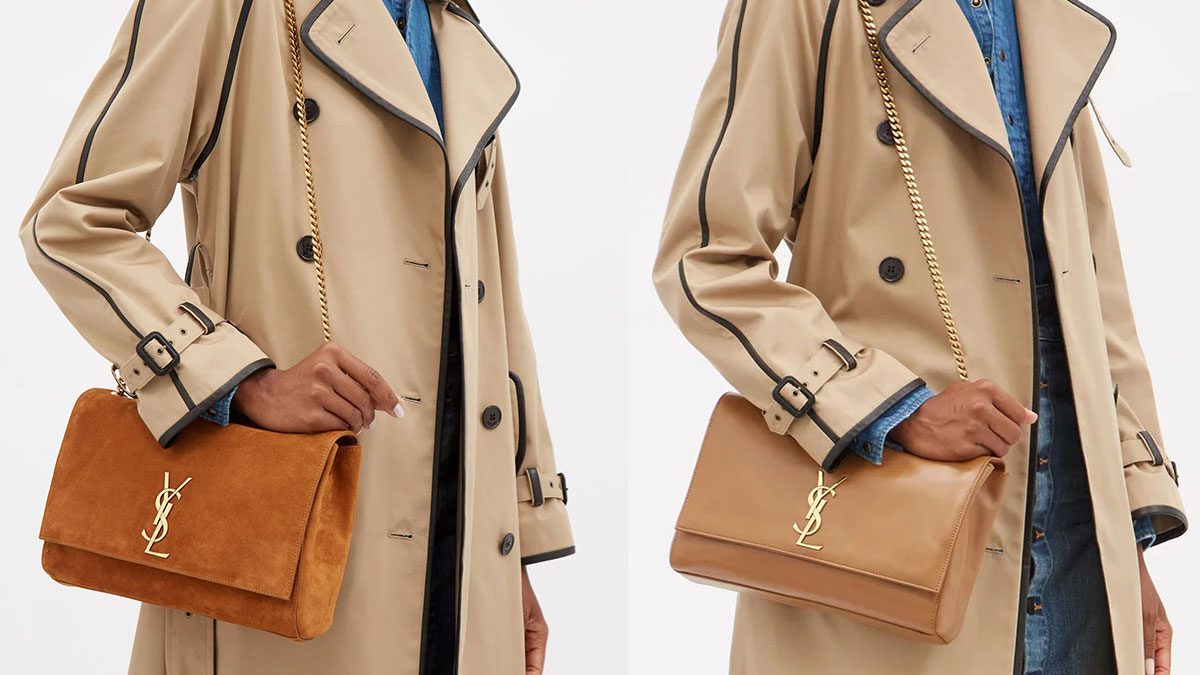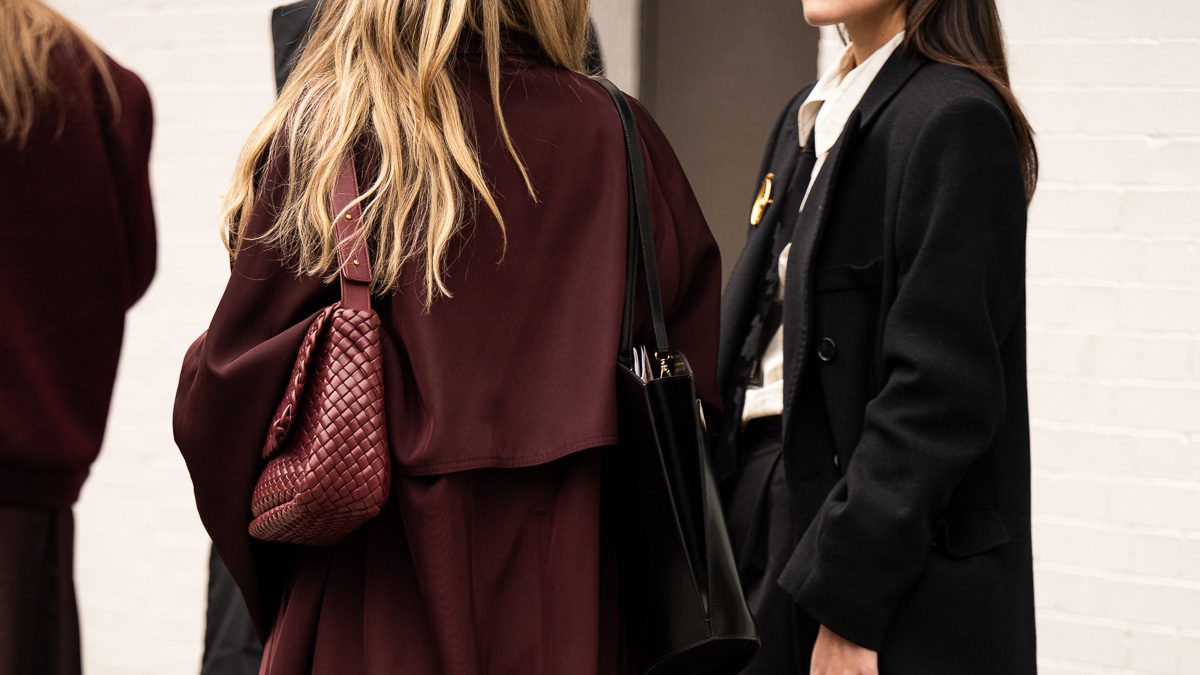We’ve seen before that imitation isn’t a new phenomenon in the fashion industry. Brands, in fact, have been copying each other for much of the past century and continue to do so. Imitating remains one of the ways fashion houses express their admiration for their counterparts. It is also the primary means for most luxury brands that aren’t Hermès to cash in on ongoing trends, and at this point, nearly every brand is guilty of taking part in the race of drawing inspiration from others. So much, in fact, that it can be argued that there remain few original designs today.
Defining a Dupe
This time around, however, we take a look at the buyer’s perspective on the matter. We’ve already seen how imitations differ from counterfeits (don’t buy counterfeits, folks). But when it comes to customers en masse, the term “imitation” or “inspiration” isn’t as common as another, and that is a “dupe.” Actually, every time a popular new design is released by a (usually) well-known fashion house, Google is swamped by searches for its dupes, with terms like “Bottega Veneta Pouch Dupe,” “Hermès Birkin Dupe” and “Dior Saddle Dupe” all trending on the search engine at any given moment.
Editor’s Note: a dupe is defined as an item that has qualities or similarities to a designer item but doesn’t overtly copy logos or its trademarked features. A dupe gives off the same vibe as its designer original, but it’s easily distinguishable as not
Clearly, buyers are wasting no time even considering splurging boatloads of money after the originals. While another portion of users are frantically looking these up to loudly express their dissatisfaction towards how badly made/replicated these dupes are in relation to the originals. A third segment (notably fashion bloggers) makes more helpful comparisons between the two and provides recommendations that may or may not be laced with some chances at a commission. A fourth category (which I like to classify myself under) simply lurks and watches. The Internet is a big place, y’all.
What Drives Demand For Dupes?
So, why this obsession with buying dupes in the first place? Well, primarily, the need to buy one is centered on a buyer’s affordability. Not everybody can drop serious cash on a purse, regardless of its popularity, alleged high quality, and design. In fact, buying dupes isn’t really limited to purses. There are imitations of various things from automobiles to ready-to-wear and makeup products (I know because I’ve seen my mom Google Mac’s Russian Red lipstick dupes one too many times). It might even be that one might not consider the original to be worth the high price tag, given how established it is by now that the brand name contributes a big chunk of it. Essentially, it’s the appeal of the “look for less” that drives the dupe market.
Furthermore, there are dupes available for other dupes too! The Michael Kors Jet Set Charm MD Pouch, priced at around $350, is a take on the popular Louis Vuitton Multi Pochette Accessoires that currently retails for $2,050. In contrast, there’s a Guess version that appears to be a spinoff of the MK version priced just under $100. Plus, it’s less shady than buying a counterfeit, so at least you’re not left with a guilty conscience.
Secondly, buying dupes provides the buyer with unprecedented liberty – to try out a particular design without committing a large monetary amount to it. While most brands do have a return option, can you really go wild with a bag if you have something nagging at the back of your mind that you might have to end up returning it? I’d guess not, and that’s where affordable dupes fill a niche. Like the pillow bag trend but don’t know if you should spend nearly $2,000 on the Maison Margiela Glam Slam? The Coach Pillow Tabby is a more digestibly-priced, less IKEA-like alternative. Want something even less expensive? This number from VeeCollective is calling your name. And once you end up deciding whether to love or not to love a design, you might opt for the pricier original. The advent of the dupe thus also allows you to keep up with trends without losing thousands of dollars every time something new pops up on the horizon.
Besides the financial benefits, there are often more choices available when it comes to the dupe market, including different colorways, textures, and materials. This is especially relevant for those who seek vegan leather alternatives to popular designer purses. Plus, if you’re digging the exotic look for less, there are plenty of croc-embossed iterations by everybody from mid-tier fashion houses to affordable luxury brands to satiate your needs.
So, Should You Buy a Dupe?
By this point, it might seem like everybody should be running to get their hands on dupes of everything ever (although that probably depends on my persuasion skills). But not so fast, because first off, although dupes don’t infringe trademark laws, to put it bluntly, most of them look like they’re replicating the original as much as possible without getting sued. Ideally, that’s not something a “mindful buyer” might consciously want to participate in.
On top of that, while it is true that some of the dupes are more sustainable and eco-friendly alternatives of the original design, fast fashion versions, however, are known to use questionable materials and overall less than desirable production methods to make up for the lower prices. In fact, buying cheaply-priced duplicates fundamentally goes against nearly every concept of sustainability there is – they’re less durable, so they’re much more likely to end up in landfills, they provide very little cost-per-wear advantages that a genuine leather alternative might and they’re arguably not as exclusive as the real deal.
Now, advocates of buying pre-owned might say that the resale market provides more advantages and is more eco-friendly than buying dupes, and increasingly customer-centric features from luxury resellers such as Fashionphile like the “Buy Back Program” go a long way. However, even secondhand original ones might be pretty steeply-priced, or a buyer simply may not be comfortable with purchasing one pre-owned in the first place.
At the end of the day, therefore, it’s largely a value judgment on the buyer’s part whether or not to buy a particular dupe since, like much of life, dupes exist within a grey area. Some are very affordable and consciously made. There are those that are probably guilty of violating a lot of ethical standards and then there are those that actually look prettier than the original. But it’s likely that as long as we have overpriced handbags (or cars, or hygiene products) coming from expensive brands, there will be a stream of lookalikes as well.
So, do you buy dupes? Are you an advocate of buying them, do you buy them unwillingly, or do you avoid them altogether?

